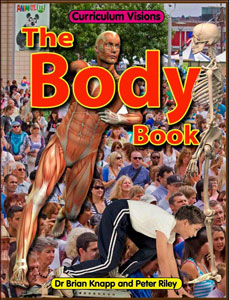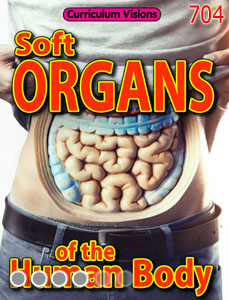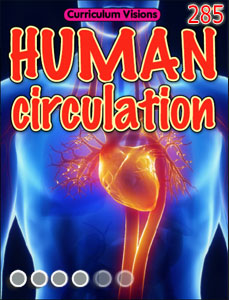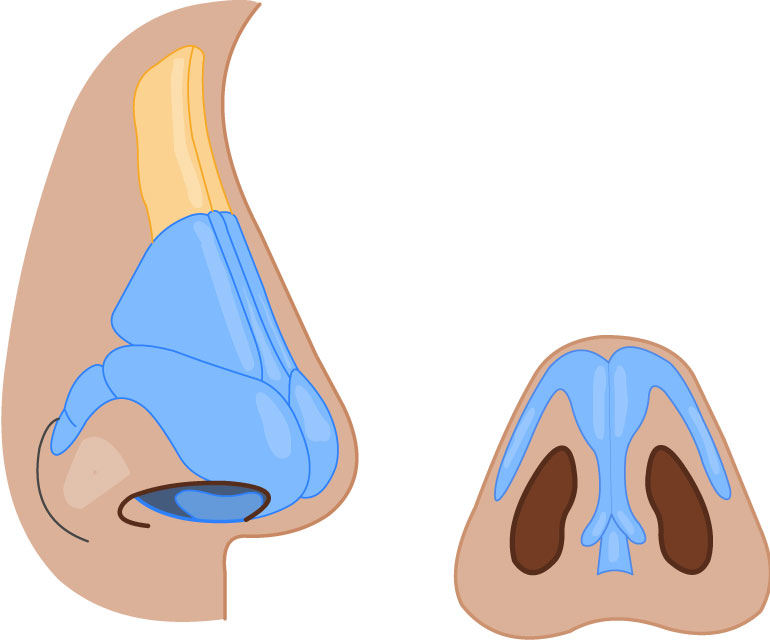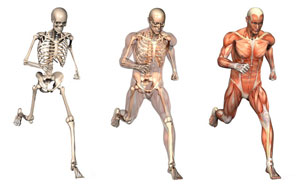If you look at a skeleton, you might be surprised to see that most of the skull is recognisable but the nose appears to be missing. This tells you a lot about the nose. The rest of the skull is made of joined-together plates of bone, but the nose is not.
The shape of the nose is determined by a combination of a number of small bones and soft material called cartilage. The bottom of the nose is the same bone as the roof of the mouth.
Because these bones are not closely connected to the skull, when a person dies and the flesh decomposes, the nose bones fall away.
The cartilage allows you to use muscles to pull your nose about. Because it also sticks out of the front of your face, it is also liable to get more knocks, and so being flexible is a major advantage. All the same, about 4 in every ten injuries to the face are broken noses. Most broken noses are allowed to heal on their own, although the nose will always be a different shape.
The nose is the main way we breathe in air, so it can be a place where bits of dirt and bugs get inside us. The nostrils point down, and not forward, to stop dust and dirt falling into them, but in windy conditions, dirt still can be blown into the nose. If you have ever doubted this, try picking your nose sometime and seeing how much dirt has been trapped by the mucus released in the nose linings. The nose also has hairs growing out of the walls that act as a filter for large objects like flies.

